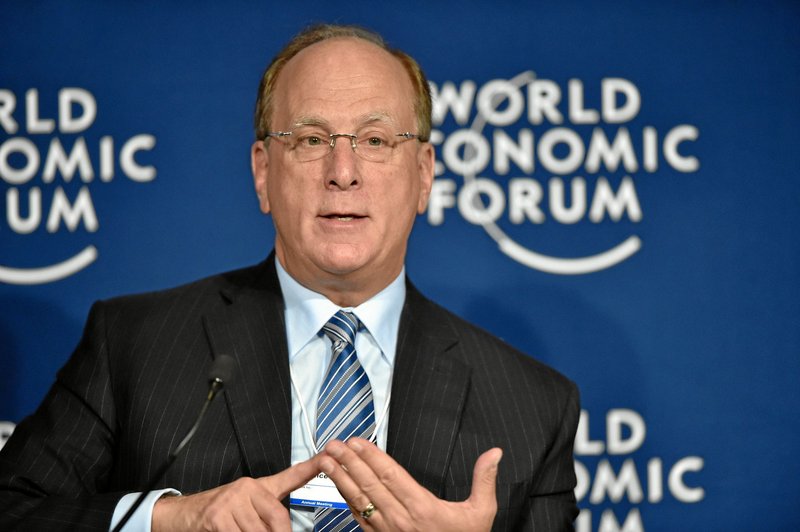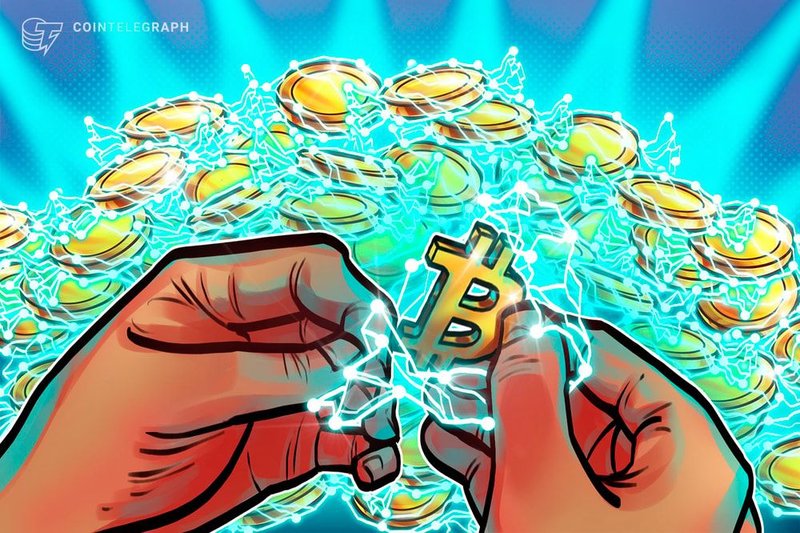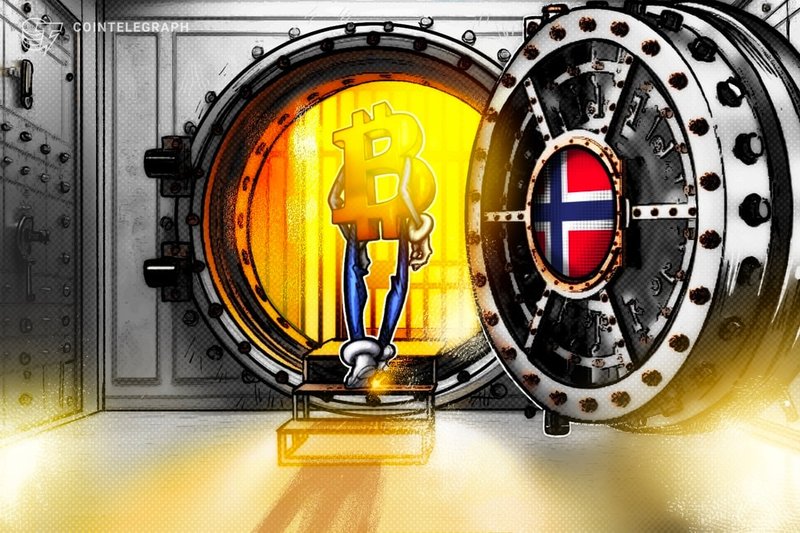Sky protocol (previously MakerDAO) rated “B-” by S&P Global for creditworthiness
1 comment
Before writing this, I had to revisit some of my old articles on Sky protocol (then MakerDAO) to determine if my arguments have been consistent through time and thankfully, I realized that although I've occasionally talked on (praised) the project's growth, revenue-wise and its involvement in real world assets, one thing remained consistent and that was my skepticism of the protocol's decentralization.
The last article I wrote on the protocol (as the focus) was about its rebrand, this was published on August 30, 2024, you can
.It was revealed then, just how centralized Sky protocol is and although it has still been referenced as a “decentralized protocol with a decentralized stablecoin” possibly even by me, just as I'd occasionally called Ethereum a decentralized smart contracts compatible chain despite having written numerous pieces on its centralizing, one of the reasons the Sky protocol received this low rating, is in fact, it's governance.
Shocking right?
S&P Global Ratings assigned a “B-” issuer credit rating to Sky Protocol, formerly known as Maker Protocol, marking the first time a major agency has issued a rating for a decentralized finance (DeFi) platform.
The rating is part of S&P’s ongoing assessment of stablecoin issuers, which began in 2023 to evaluate their ability to maintain a stable value relative to fiat currencies. The review covers the creditworthiness of Sky’s liabilities, the USDS (USDS) and DAI stablecoins and the sUSDS and sDAI savings tokens.
Sky Protocol, evaluated for the first time, received a 4, labeled “constrained,” for the ability of USDS to maintain its peg to the US dollar. The scale runs from 1 for very strong to 5 for weak.
The S&P rating pointed to weaknesses in the protocol, including high depositor concentration, centralized governance, reliance on the founder, regulatory uncertainty and weak capitalization. These risks were partly offset by the protocol’s minimal credit losses and earnings since 2020. –
This would mark the first time a DeFi protocol has been rated by S&P Global and the supposed decentralized finance protocol has been found to not be as decentralized as thought.
With Sky protocol now expanding to real world assets, it is very likely that centralized factors would grow larger in magnitude of influence and that creates an unfortunate reality where the crypto ecosystem doesn't really have a widely successful DeFi project that is actually decentralized.
With stablecoins boom, I cannot imagine that many projects with Sky protocol-like governance won't attempt to employ similar means of generating extra income by getting involved in traditional markets, effectively reducing the list of decentralized options with limited or zero centralized finance exposure.
I think that decentralized stablecoins can exist without direct involvement with traditional finance. Those are things that should generally be strategies employed by third-parties, not the protocol itself.
Until a focus is given largely to scaling the use of stablecoins, on-chain, for what stable currencies are generally used for, the crypto industry will remain dominated by centralized liquidity. It is worth mentioning that Sky protocol's upgraded version of the DAI stablecoin has a freeze function, making it just as bad as USDC and USDT because even though the claim is that said feature will be leveraged through decentralized governance, there's not much decentralization with the project to consider the feature less of a centralized threat to its users.





Comments